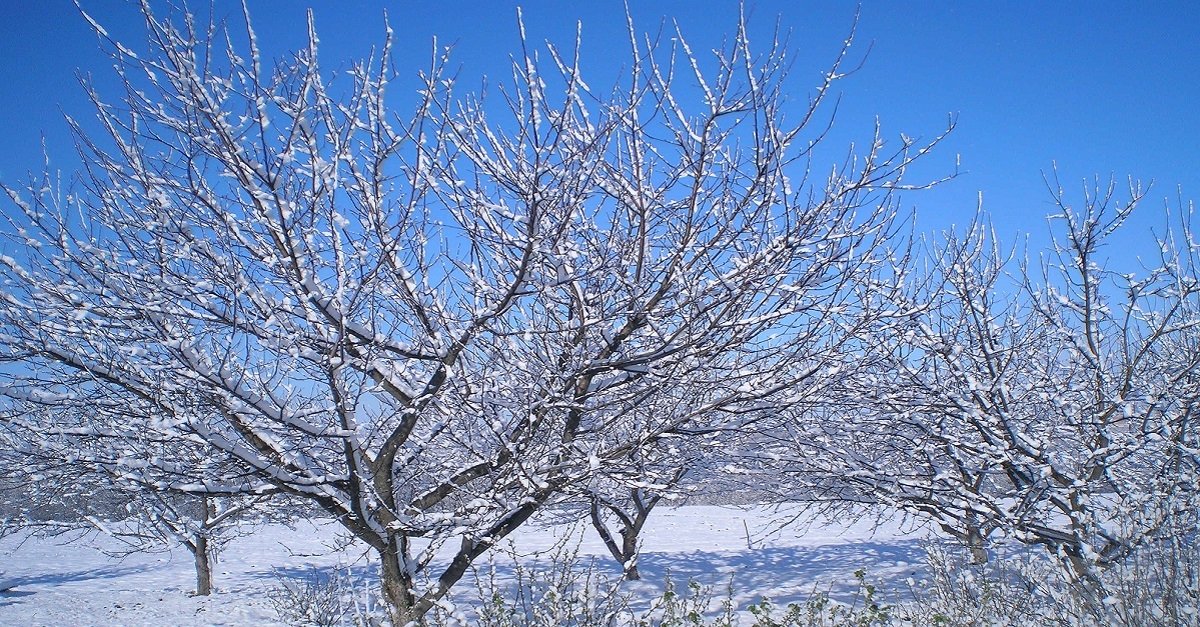Are hearth trees hardy? How to protect them from the cold?

Uzbekistan is now in the center of everyone's attention due to the fact that considerable cooling is expected in the current days. A sharp drop in air temperature is expected, especially in the middle of the week. In such conditions, it is very necessary to take measures to reduce the negative impact of frostbite and mitigate its consequences. In this regard, each of us should carefully protect fruit trees in the garden and in our homes, especially seedlings planted last autumn, from the cold. To do this, there are measures that have been tested among our people and are easy to apply. Let us describe the most important of these events.
One of the measures widely used to protect gardens from frost is the creation of smoke. In this case, the heap of straw, branches and leaves common in local conditions will protect trees and seedlings from frostbite. In addition, smoke generation using livestock manure can greatly reduce the impact of frost in orchards.
The practice of putting young trees in bags to protect them from the cold is also widespread among our people. The bag is recommended to be made of rag material.
Another way to reduce the impact of frost is to water the beds in the garden. In this case, since the water temperature is higher than the air temperature, it serves to moderate the air temperature in the area. On the other hand, the water vapor generated on the other side reduces the radiation from the ground and trees and prevents the air temperature from dropping.
Below we will give some information about fruit trees common in our republic and their resistance to cold.
Peach - annual branches freeze at -22 -26 ° С.
Apple tree - southern varieties die at temperatures below -32 -35 ° C, and some at -21 ° C.
Apricot - if the tree is well ripened, then it can withstand - 30 ° C.
Cherry - resistant to frost down to -28°C.
Walnut - annual seedlings die at -25 -26 ° C.
Pomegranate - when the temperature drops to -12 -15 ° C, annual branches are severely damaged, at -15 -16 ° C, branches are severely damaged, at -18 -20 ° C, the entire trunk dies.
Figs - the temperature -15°C affects young annual branches, -16°C - perennial branches, -18°C - the entire trunk to the root neck.
Persimmon - despite the fact that it is the best of subtropical plants in terms of frost resistance, their branches are severely damaged at -18 -20 ° C.
The temperature shown above is mainly taken for mature trees. It should be noted that newly planted seedlings of these fruit trees are more damaged at the above temperatures.


Bakhrom Kholmirzaev,
Davlat Normurodov,
Associate Professors of the Institute of Agrobiotechnologies and Food Security of
Samarkand State University

